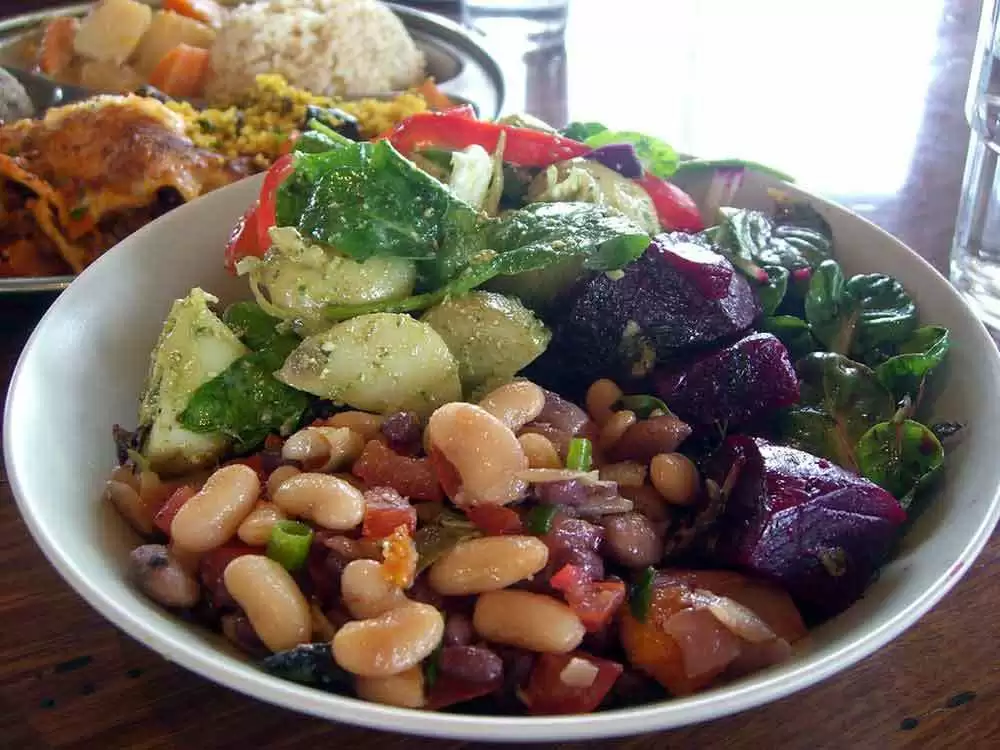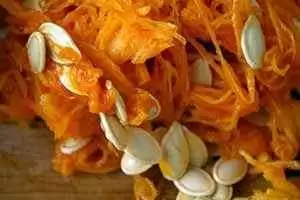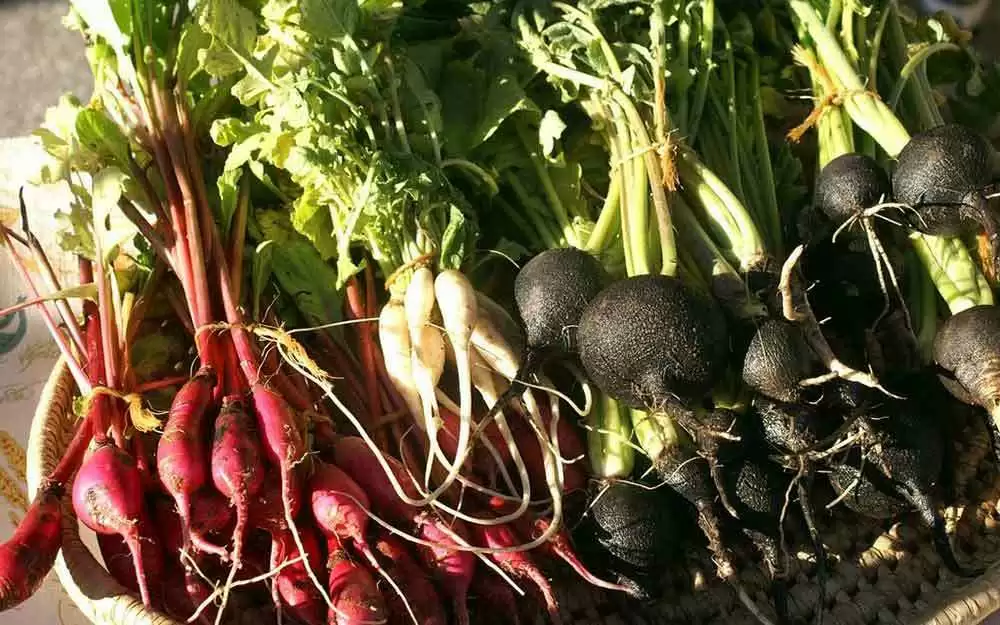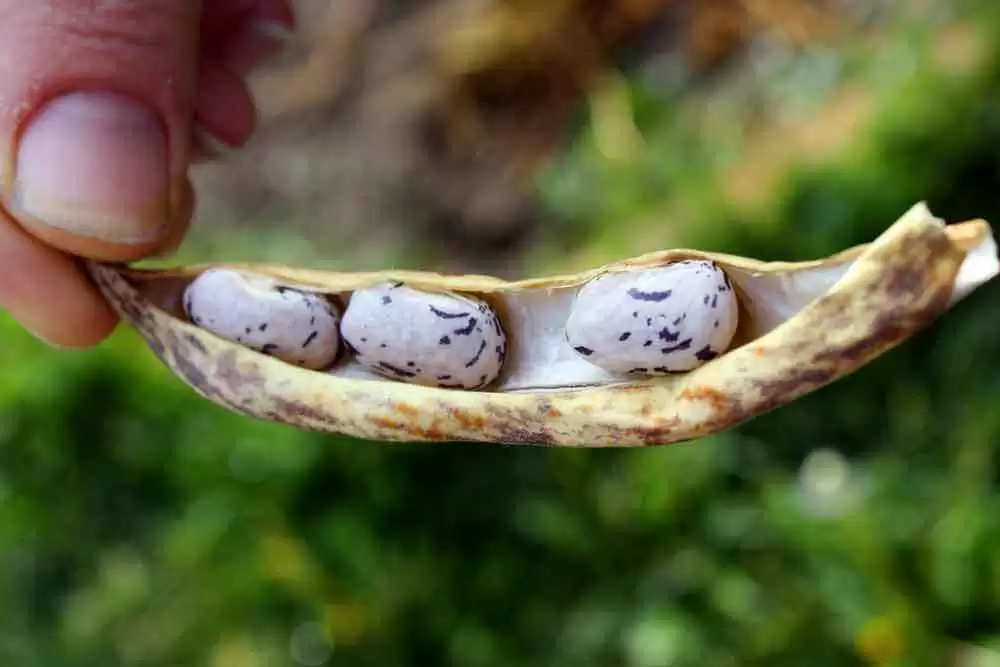
Celiac.com 07/21/2020 - Getting enough fiber while eating a gluten-free diet can be a challenge, especially for kids. Adequate fiber as part of a nutritious diet can help to prevent numerous health and digestive issues, and is important for overall health. There are so many gluten-free foods that deliver good fiber content, but here are thirty great high fiber gluten-free foods.
Thirty Great High Fiber Gluten-Free Foods
- Apples - A good source of fiber, vitamin C and antioxidants
- Artichokes - High in fiber and packed with antioxidants.
- Avocado - About 14 grams of fiber per avocado, and brimming with healthy fats.
- Beans - Beans range from 11 to 17 grams of fiber per cup. Aduzuki beans, Black beans, Lima beans, Pinto beans, Garbanzo beans, Navy beans, white beans, and more are all great sources of protein and fiber.
- Beets - Cooked beets contain about 3.2 g of fiber per cup.
- Berries - In addition to being high in fiber, berries are also rich in antioxidants and vitamin C. This includes Blackberries, Blueberries, Boysenberries, Elderberries, Raspberries, and more.
- Broccoli - High in fiber, folate, and a good source of vitamin K, which promotes bone health.
- Brown Rice - Brown rice contains 4 grams of fiber for a 1 cup serving.
- Brussels sprouts - High in fiber and rich in chemicals that may promote prostate health, and protect against cancer.
- Buckwheat - Gluten-free and packing in 5 grams of fiber per cup, buckwheat is a good source of fiber.
- Chard - With about 4 grams of fiber per cup, chard is a great way to add fiber to any meal.
- Collard Greens - No southern meal is complete without some tasty collard greens. With 5 grams of fiber per cup, they are as nutritious as they are delicious.
- Figs - With about 16 grams of fiber per cup, figs are packed with fiber.
- Guavas - With 9 grams of fiber per cup, figs are also rich in vitamin C.
- Jicama - With 6 grams of fiber per cup, jicama also contains good levels of vitamin C and potassium.
- Lentils - Like quinoa, lentils are high in fiber and protein.
- Mango - With about 4.5 grams of fiber per 8 ounce serving, mangoes offer a delicious way to get extra fiber.
- Nuts - Nuts are a great source of fiber, and can range from 4 to 12 grams of fiber per ounce. Almonds, Hazelnuts, Pecans, Peanuts, Pistachios, Walnuts, and more are all good sources of fiber. Almonds, walnuts, and pistachios have been shown to lower cholesterol.
- Oats - Make sure they are "gluten-free" oats. With more than 8 grams of fiber per 1 cup serving, oats can also help to lower levels of LDL (bad cholesterol).
- Oat Bran - Make sure they are "gluten-free" oats. Packs 12 grams of fiber in a single 1 ounce serving.
- Passion fruit - With a whopping 24.5 grams of fiber per cup, passionfruit is the undisputed king of fiber. It's also high in vitamin C.
- Pears - With 6 grams of fiber per cup, pears are a great way to add fiber to your diet.
- Peas - Low in fat, high in folate, potassium, protein, and iron.
- Prunes - With 12 grams of fiber in a single cup, prunes are one of the kings of high fiber foods.
- Seeds - Chia seeds, Flax seeds, Hemp seeds, Pumpkin seeds, Sesame seeds, and more.
- Squash - Acorn squash comes in at 9 grams of fiber per cup. Other squashes are also high in fiber and vitamins.
- Spinach - At 4 grams of fiber per cup, spinach is a great way to add fiber to your diet.
- Sweet potatoes - A good source of calcium, potassium, and vitamins A and C.
- Turnip Greens - The sweeter, less bitter cousin to collard greens, turnip greens have about 5 grams of fiber per cup, and can be prepared like collards.
- Quinoa - High in fiber and protein.
Did we miss any of your favorite high fiber gluten-free foods? Let us know in the comments below.










Recommended Comments
Create an account or sign in to comment
You need to be a member in order to leave a comment
Create an account
Sign up for a new account in our community. It's easy!
Register a new accountSign in
Already have an account? Sign in here.
Sign In Now